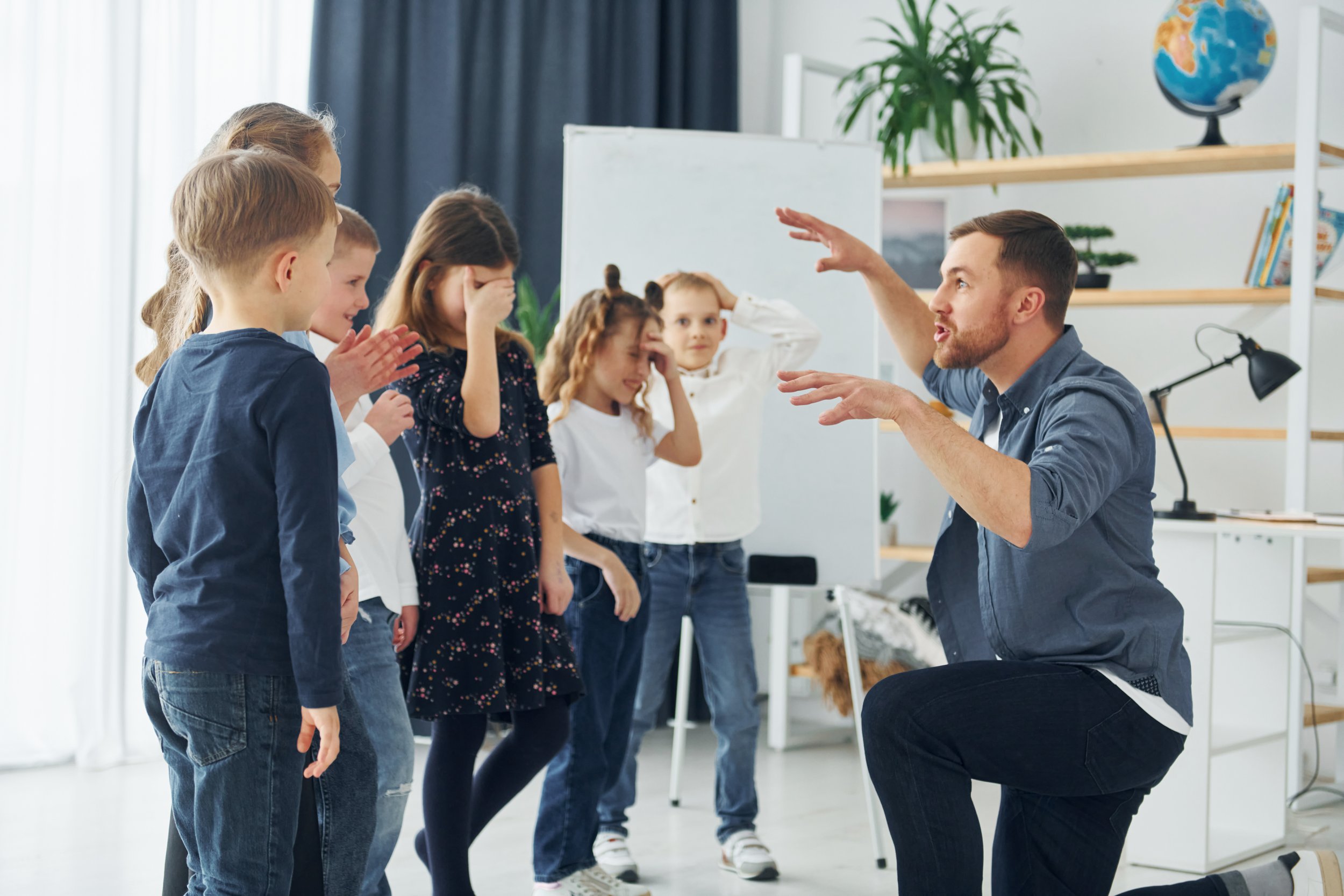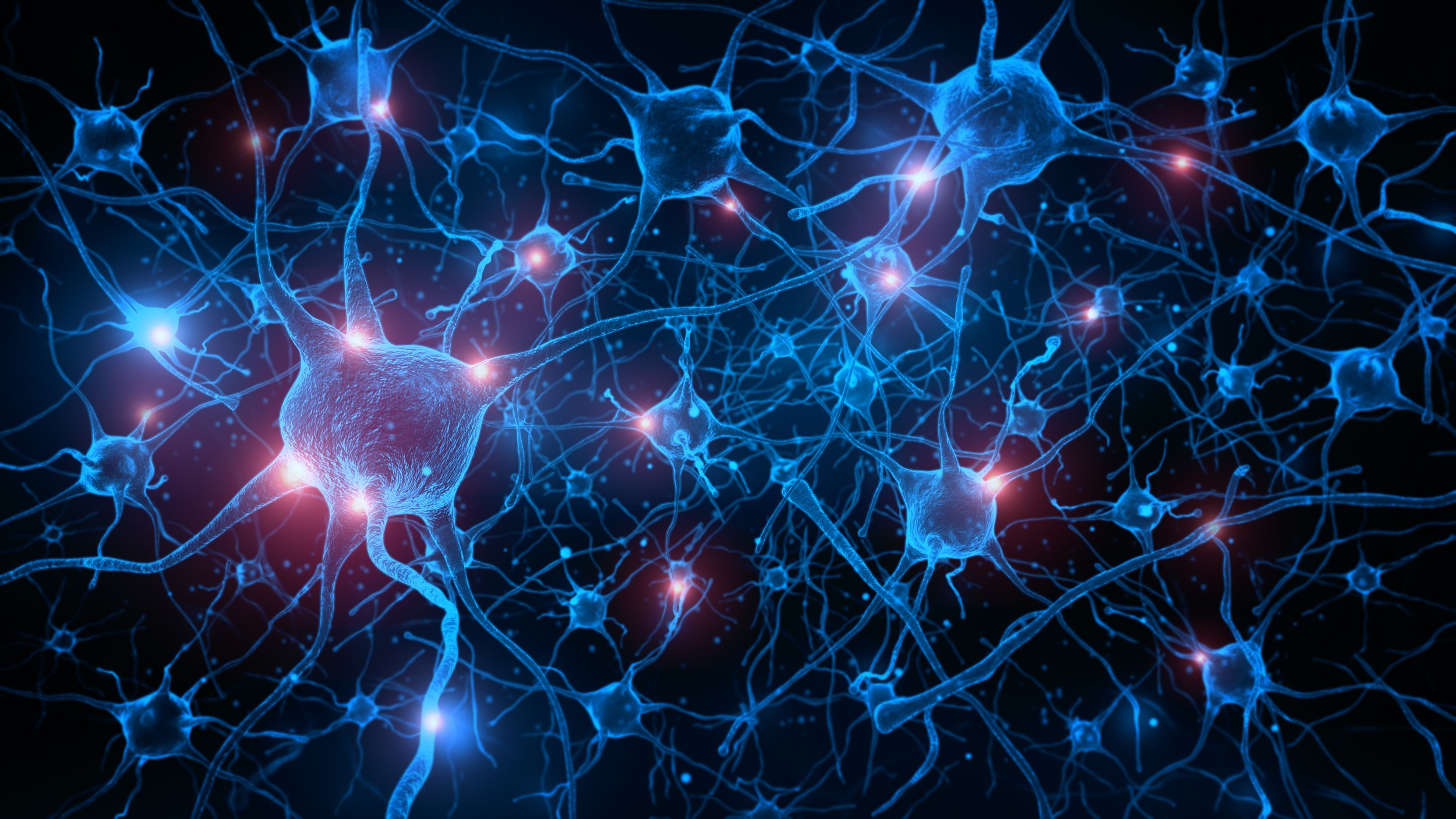Understanding Your Child’s ADHD and Individual Learning Style.
During a recent visit to my son's 4th grade classroom for a “parents observing the class” day, I had the wonderful opportunity to witness the teachers and students in action. It was truly heartwarming to see such dedicated and engaged educators. What stood out to me most was the teachers' remarkable ability to recognize and adapt to each child's unique learning style.
For example, I noticed that my son's approach to learning differs significantly from that of one of his friends. Despite this, the teachers showed exceptional understanding and flexibility. They skillfully navigated each student through the same class activities while still honoring their individual learning needs.
This approach ensured that every child, including my son, received the most benefit from the lesson. It was a clear demonstration of the teachers' commitment to meeting each child where they are, and it left a lasting impression on me. As parents, it's reassuring to know that our children's educators are so attuned to their diverse learning styles and are dedicated to supporting their unique educational journeys.
In this guide, our hope is to help you gain an understanding the importance of how ADHD intertwines with various learning styles. Together, we will dive into everything - from the roles of executive function to understanding individual learning styles.
Table of Contents:
Creating an Effective Learning Environment for Students with ADHD
Addressing the Intersection of ADHD and Learning Disabilities
FAQs in Relation to Understanding Intersection of Learning Styles and Adhd
Understanding the Intersection of Learning Styles and ADHD
The intersection of learning styles and ADHD is a unique journey. Just as Einstein's fish can't climb trees, children with ADHD often struggle in traditional classrooms.
Research shows there are seven known learning styles. But kids with attention deficit hyperactivity disorder tend to lean towards the physical (or kinesthetic) style more than their peers.
The Role of Executive Function in Learning
Consider executive function if you've ever asked yourself why some children learn differently. It's like the brain's command center. In those with ADHD, it doesn't always work smoothly.
This could affect how a child learns best – whether they're visual learners who thrive on images or auditory learners who connect through sound.
In an ideal world, all classrooms would adapt to every student’s individual learning process, but we know that isn’t realistic yet.
Different Learning Styles and Their Relation to ADHD
Lets talk about V.A.K.! So you may not know what this is yet. I learned this acronym in my NLP Certification training. ADHD intersects uniquely with different learning styles, creating a diverse landscape of strengths and challenges. Let's further explore these three learning styles: VAK = Visual, Auditory, and Kinesthetic.
1) Strategies for Success with Visual Learners
Kids diagnosed with ADHD often thrive as visual learners. They find it easier to absorb information presented visually rather than through words or sounds alone. This strength allows them to make connections between ideas in unique ways, but they may struggle when forced into traditional auditory-based teaching methods.
We can help these students by making lessons more visually engaging, such as using diagrams or interactive presentations. Note-taking can also help cement the concepts learned during class time.
2. Enhancing Learning Experiences for Auditory Learners
Auditory learners excel at learning new knowledge via listening activities - perfect for classroom lectures. However, they might struggle in quieter study settings emphasizing reading over speaking and hearing.
Teachers could incorporate group discussions into their lesson plans to assist these children or use songs that reinforce key points from the curriculum. But remember - every child learns differently, so finding what method works best will always require some trial-and-error.
3. Embracing Movement in Education for Kinesthetic Learners:
Learners, especially those with ADHD, often find traditional classroom settings challenging due to their need for movement and hands-on activities. These learners excel when physically engaging with the material, making abstract concepts more concrete and memorable. For instance, using physical objects to teach math or conducting science experiments can significantly enhance their understanding and retention. Kinesthetic learners benefit from more physical activities in the curriculum, such as role-playing historical events or building models to demonstrate scientific principles. Allowing these students occasional movement breaks is also beneficial to help them refocus and process information more effectively. Understanding these methods helps spark conversation and offers an inclusive and effective environment for kiddos with ADHD.
Creating an Effective Learning Environment for Students with ADHD
Classroom settings can be daunting for students who have attention deficit hyperactivity disorder (ADHD). However, ensuring a successful learning experience for these students is feasible. Let's start by incorporating multisensory elements into the learning environment.
Incorporating Multisensory Elements
A multisensory approach works wonders in engaging ADHD students. Visual, auditory, and kinesthetic elements cater to all learning styles and ensure every child thrives.
Pictorial charts or diagrams engage visual learners, while discussions capture the interest of auditory learners. Hands-on experiments and physical activities feed kinesthetic learners' need for movement.
Did you know that understanding different learning styles could help all children thrive? It is essential we give each unique child an equal chance at academic success.
An inclusive classroom setting helps create this balance. It also boosts the confidence of kids diagnosed with ADHD as they see their strengths being acknowledged just like everyone else’s.
Addressing the Intersection of ADHD and Learning Disabilities
The occurrence of ADHD and learning disabilities in combination is not unusual. This combination can complicate a child's educational journey, but understanding their intersection helps shape effective strategies to help them thrive.
Identifying Learning Disabilities in Students with ADHD
A crucial first step is recognizing concurrent learning disabilities in students diagnosed with ADHD. It might be more challenging for these kids to pay attention or remain seated for long periods, which could mask other issues like generalized anxiety disorder, dyslexia, or auditory processing disorder.
An early diagnosis of both conditions allows us to adapt our teaching strategies accordingly. For instance, visual learners may need more graphical aids, while kinesthetic learners thrive on physical activities.
To ensure every child’s success, we must understand that each brain works differently—like Einstein's fish climbing a tree analogy. Some fish are great climbers; others are better swimmers. But all have their unique way of learning and shining… and yes, believe it or not, some fish species can climb!
FAQs in Relation to Understanding Intersection of Learning Styles and ADHD
How does ADHD affect learning style?
ADHD can make it challenging for kids to focus, pay attention, and follow instructions. This impacts how they learn best - often preferring hands-on or active learning over listening or reading.
Do people with ADHD learn differently?
Absolutely. People with ADHD tend to be more kinetic learners, meaning they absorb information better through physical activities rather than passive observation. However, they can also be visual, or auditory.
What learning theory is best for ADHD?
There is no one-size-fits-all approach. The multisensory approach works well for those with ADHD. It involves engaging multiple senses using sight, sound, movement, and touch in teaching. This helps improve focus and retention of information.
How do ADHD learners learn best?
Kids with ADHD typically tend to thrive when lessons involve moving around. They also benefit from regular breaks during study periods to help maintain their concentration levels.
Conclusion
Understanding the intersection of Learning Styles and ADHD isn't a simple task, but it's vital for supporting children with this condition. We've explored how executive function impacts learning, dissected various visual, auditory, and tactile styles, and considered their relation to ADHD.
We dove into creating effective classrooms for students with ADHD by incorporating multisensory elements. Highlighting the coexistence of other learning disabilities alongside ADHD sheds light on the unique challenges faced by these kids.
One fundamental truth lies in this complexity: understanding your child's individual learning style, or VAK (say it with me!) can be a game-changer in managing their education effectively and help them thrive.











